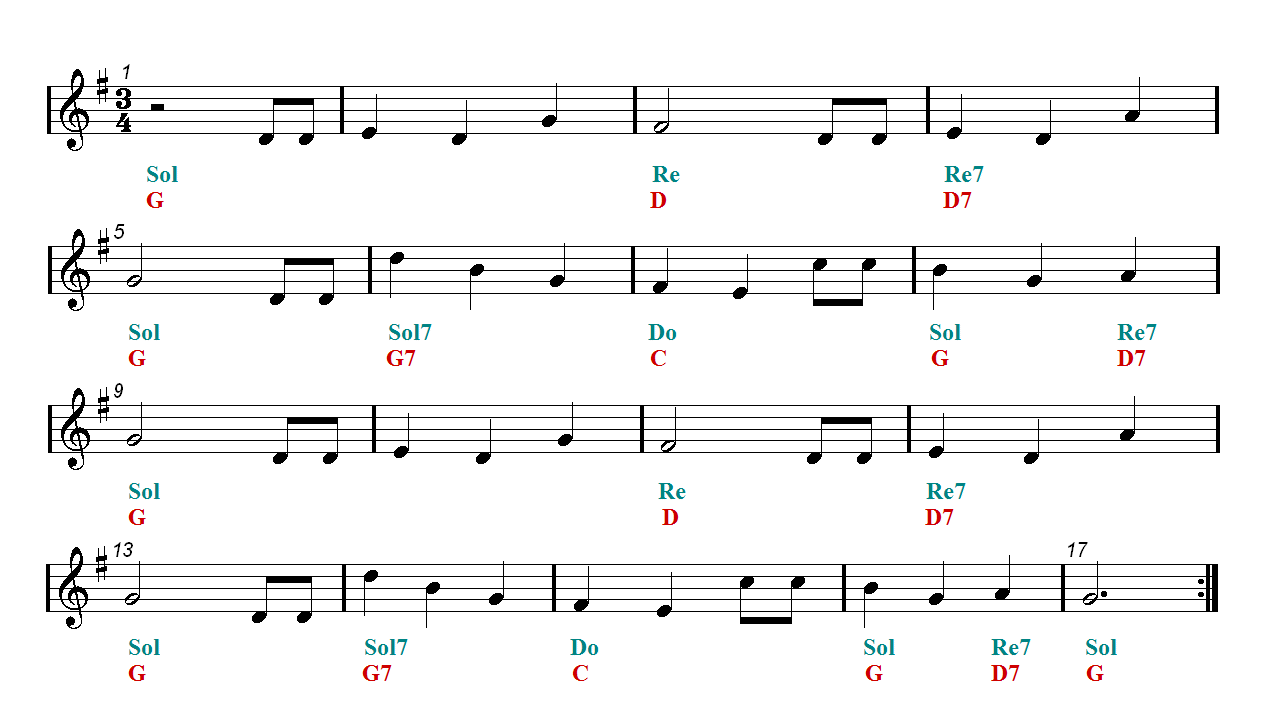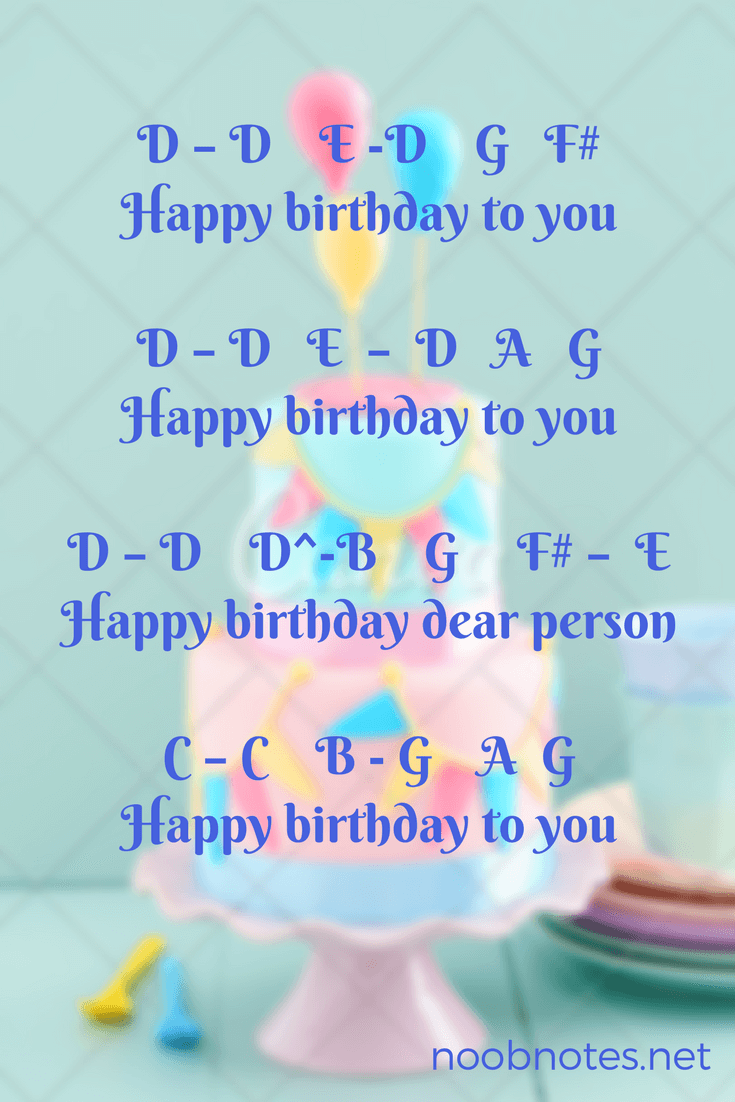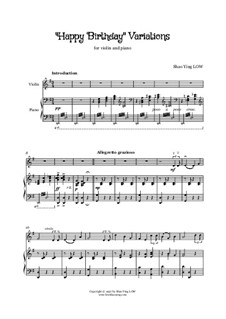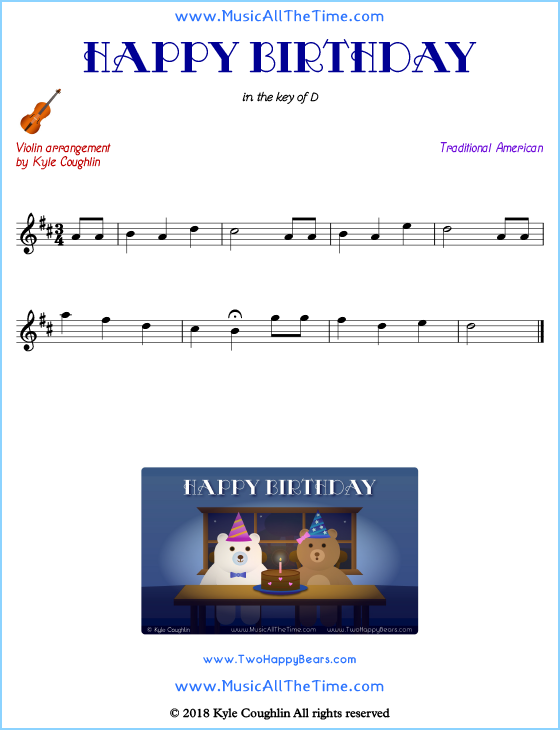
In the example above, if you are playing the Blue B on the G (4) string and need to descend one half tone to B flat, move your second (2) finger down the fingerboard to the box that contains the Blue triangle.

The color of the triangle corresponds with the color of the related natural note. The "down" pointing triangle is a flat when you are descending a scale (going down in tone). The "up" pointing triangle is a sharp when you are ascending a scale (going up in tone). Play the Yellow C on the fourth (4) string with the third (3) finger.įollow the chart and play the rest of the notes on each string.īetween the natural notes there are two colored triangles inside a square box like in the example below. Play the Blue B note on the fourth (4) string with the second (2) finger. The next note is a Blue B note and below it are the numbers 4|2. Play the Red A note on the fourth (4) string with your first (1) finger. The first number (4) is the string the note is on, and second number (1) is the finger the note is played with. The next note is a Red A and below it are the numbers 4|1. For example, the first note on the music staff in the chart above is a Green G played on the open (O) G (4) string.

Use it to learn violin : The two numbers below each note on the music staff above represent the string the note is found on, and the finger the note is played with, respectively. This beginner violin fingering chart shows the relation between first position violin notes on a music staff and the notes on a violin fingerboard using a Fretless Finger Guide®. Visit our order page for fast, secure and easy purchasing.

Our innovative violin fingerboard guide gives you a no-miss "roadmap" of where the notes are on a violin fingerboard. Learn violin easily using a Fretless Finger Guide®.

Our first position violin fingering chart helps you easily learn violin note locations on your fingerboard and the music staff.


 0 kommentar(er)
0 kommentar(er)
